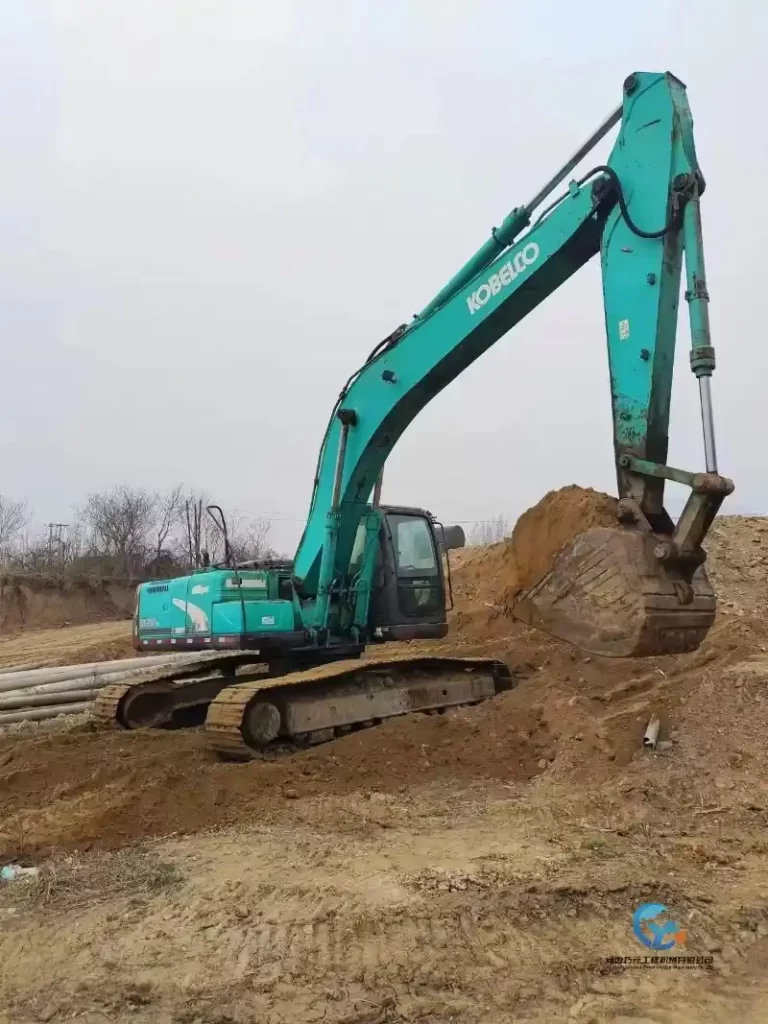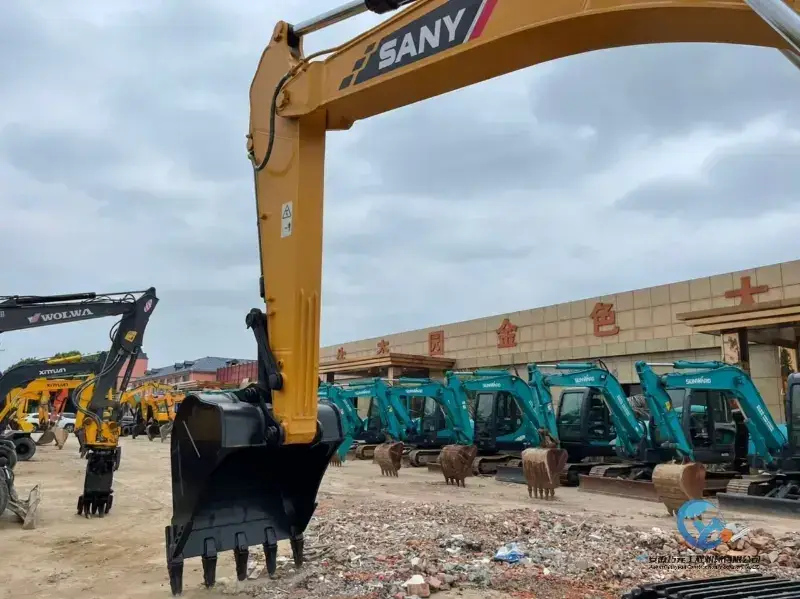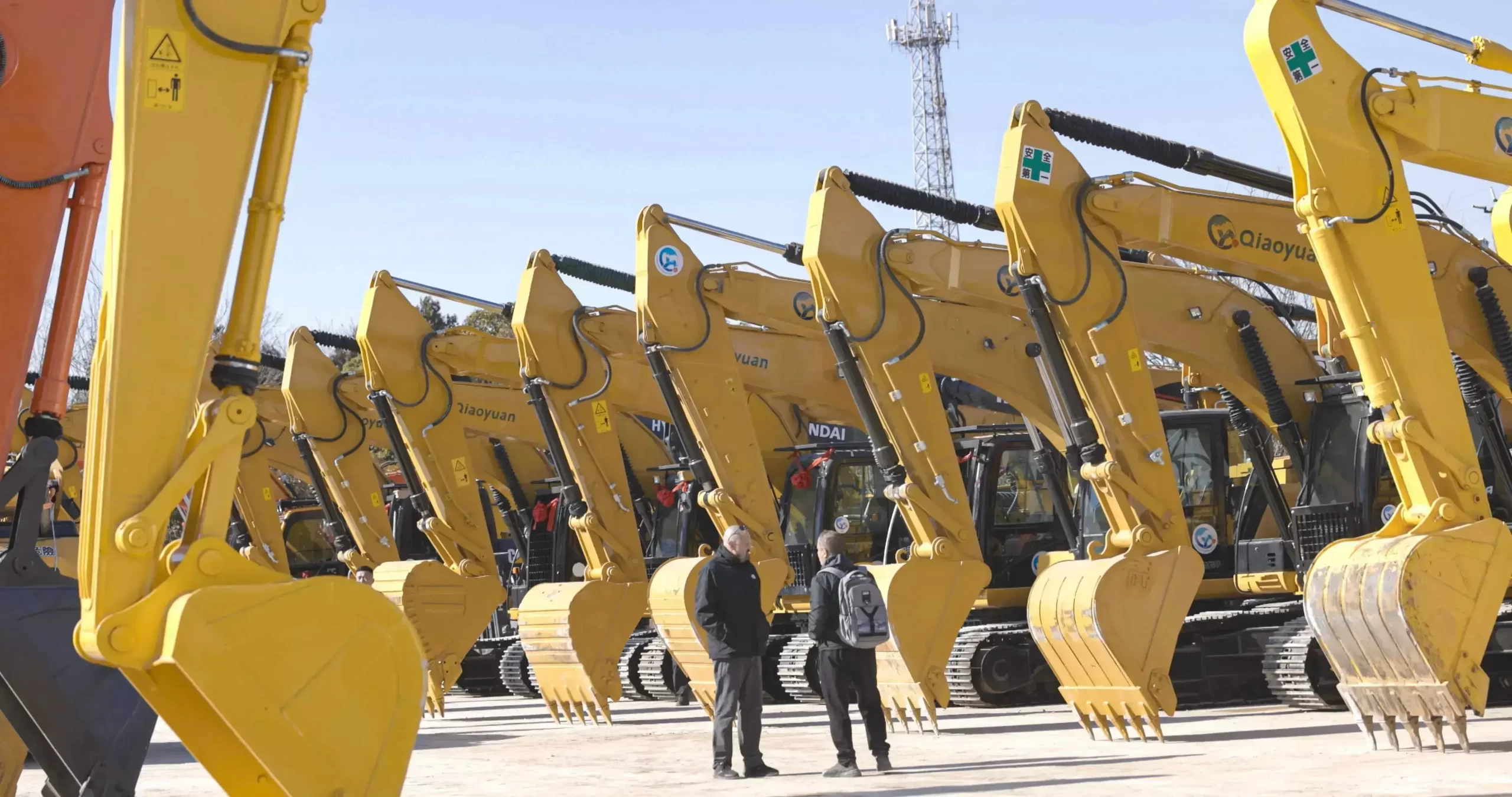Essential Cut and Fill Excavation Tips for Efficient Site Leveling and Grading
Release time: 2025-04-01
Cut and fill excavation is an essential technique in construction that ensures the ground is level, stable, and ready for building projects. This process not only helps with site preparation but also plays a significant role in controlling water drainage, preventing erosion, and ensuring the safety of structures. In this article, we’ll guide you through the fundamentals of cut and fill excavation, offer expert tips for site leveling, and explain the best practices for maximizing efficiency.

What Is Cut and Fill Excavation? Understanding Site Leveling and Grading
Cut and fill excavation is a construction method used to modify the topography of a site to create a flat, level surface. The “cut” refers to the removal of soil or rock from areas higher than the desired grade, while “fill” involves adding material, such as excavated soil, to lower sections of the site.
This technique is crucial for a variety of construction projects, including residential homes, commercial buildings, roads, and landscaping. By adjusting the site’s elevation, it helps prevent water pooling, reduces the risk of soil erosion, and enhances the stability of the foundation, making it essential for safe construction.
Key Considerations for Effective Cut and Fill Excavation Projects
Before beginning any cut and fill excavation project, there are several important factors to consider. Here’s what you need to know:
1. Soil Type and Quality
Understanding the soil composition of your site is crucial for planning excavation. Different soil types react differently to compaction and settlement, so it’s important to analyze the soil before excavation begins.
- Clay soils may need more compaction to prevent shifting.
- Sandy soils often require more stabilization for the fill sections.
2. Drainage and Water Management
Proper drainage is vital for preventing water accumulation on the site. An effective cut and fill excavation plan should account for the flow of water, directing it away from the structure’s foundation. In some cases, installing drainage pipes or ditches may be necessary.
3. Equipment and Materials
Choosing the right equipment is essential for the success of the project. Excavateurs, bulldozers, and compactors are common tools used in cut and fill excavation. Additionally, the material used for filling should be well-compacted and free from contaminants to prevent instability in the future.
4. Environmental Impact
Environmental considerations, such as nearby water bodies or wildlife habitats, should also be taken into account. Cutting into certain areas might lead to erosion, so it’s important to evaluate the long-term environmental effects and comply with local regulations.
Top Tips for Efficient Site Leveling During Cut and Fill Excavation
To ensure an efficient and successful cut and fill excavation project, follow these expert tips:
1. Plan for Soil Compaction
After the fill material is placed, proper compaction is critical to avoid settlement over time. Ensure that the compaction is done in layers, rather than all at once, to achieve the best results. Each layer should be compacted thoroughly before adding the next one.
2. Monitor and Adjust During Excavation
Cut and fill excavation is not a one-time task. Constant monitoring during the process is necessary to ensure the site is being leveled correctly. Regular adjustments to the plan may be required, especially if unexpected obstacles like rocks or buried debris are encountered.
3. Use Technology for Precision
Advancements in technology, such as GPS and laser-guided equipment, can significantly increase the accuracy and efficiency of cut and fill excavation. Using these tools helps to reduce errors, improve grading precision, and speed up the overall process.
4. Keep Safety in Mind
Safety should always be a top priority. Ensure that workers wear proper protective gear, such as helmets and safety boots, and that the excavation site is properly fenced off to avoid accidents. Additionally, ensure the site is stable and properly supported to prevent cave-ins.
Best Practices for Soil Compaction and Site Grading in Excavation Projects
In addition to the general cut and fill technique, focusing on soil compaction and grading ensures that the site is stable and long-lasting. Here are some best practices to follow:
1. Gradually Build Up Fill Layers
When adding fill, it’s important to do so gradually. Adding too much fill at once can lead to settling or instability. Instead, apply the fill in several thin layers, compacting each layer thoroughly before adding the next.
2. Use Proper Grading Techniques
Grading involves adjusting the slopes and contours of the land to ensure proper water drainage. Aim for a slight slope away from buildings to prevent water from pooling near the foundation. This not only enhances drainage but also prevents potential water damage in the future.
3. Test for Stability
After completing the excavation and filling, conduct tests to ensure the ground is stable. This can include soil compaction tests to measure the level of consolidation and other tests to ensure the integrity of the site before construction begins.
How Technology Improves Cut and Fill Excavation Accuracy
Technology has revolutionized the cut and fill excavation process, making it faster, more precise, and less prone to human error. Some technological innovations to consider include:
1. Laser and GPS-Guided Excavators
Laser and GPS systems provide accurate elevation data, helping operators adjust grading in real-time. These systems reduce errors in leveling, ensuring that the excavation work is performed with precision.
2. Drones for Site Surveying
Drones can quickly survey large areas and provide accurate 3D models of the site. This allows for detailed planning and measurement, ensuring the project is on track and that all areas are leveled as per the specifications.
3. Software for Planning and Monitoring
Advanced software tools allow project managers to monitor excavation progress remotely, track equipment performance, and make necessary adjustments on the fly. These tools can integrate with GPS systems to ensure the excavation stays within the planned parameters.
Ensuring Success in Cut and Fill Excavation
Cut and fill excavation is an essential process for ensuring a stable, level site ready for construction. By understanding the soil type, planning for drainage, using the right equipment, and leveraging technology, you can ensure the project is completed efficiently and safely. Additionally, following best practices for soil compaction and site grading will help ensure long-term stability and durability of the site.
Whether you’re preparing for a small residential project or a large commercial construction site, implementing these tips and practices will help you achieve optimal results. If you’re ready to start your excavation project, contact our team of experts for advice on planning and executing an effective cut and fill excavation process.
As a leading company in the field of foreign trade of used construction machinery, we are proud to provide this excellent machine to customers around the world. If you are looking for a reliable and high-performance excavator,Anhui Qiaoyuan Construction Machinery Co., Ltd. is your best choice.
Contact us today to learn more about our available excavator models and how we can help you take your construction projects to the next level.





